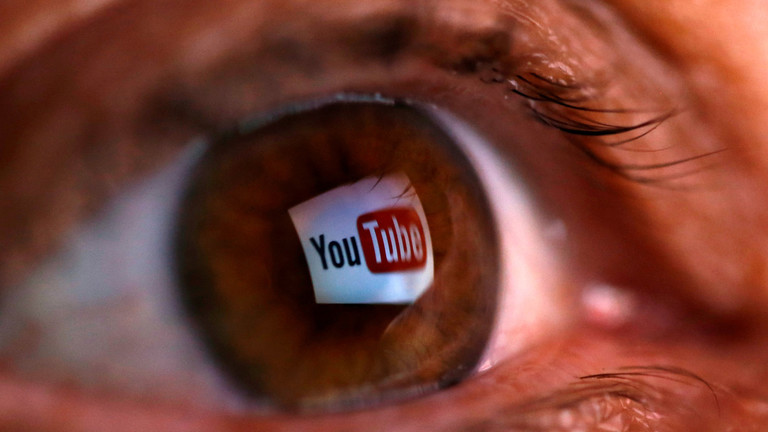
Silicon Valley tech giants quickly went from heroes to villains in the eyes of the media who fueled outrage for clicks but failed to make money. They’ve responded to this criticism in the worst possible way, by turning censor.
In the most recent incident, YouTube banned videos by the conservative undercover journalism outfit Project Veritas that contained information about Pinterest and that company’s blacklisting of an anti-abortion group Live Action. YouTube described the information provided to Veritas by a whistleblower as a violation of privacy, and therefore unacceptable.
Last week, dozens of channels were demonetized or banned outright in what was dubbed the “Vox Ad-pocalypse,” after a journalist at the liberal outlet Vox complained that conservative comedian Steven Crowder had made fun of him in a homophobic way. Crowder was among those demonetized, but the Vox pundit demanded his deletion altogether.
This prompted journalist Glenn Greenwald, himself a liberal, to marvel at the fact that there are journalists out there “begging corporations to silence people.”
The controversy did not abate, however, but only got worse, as a number of media outlets got in on it, demanding more YouTube censorship. Last weekend, The New York Times ran a big feature story about a young man who supposedly got “radicalized” into the so-called alt-right by YouTube. Well, more precisely, it was about how radical Communists hijacked the supposedly “right wing” terms to bring him over to their side – but who needs the details, when there’s outrage to monger!
But is it really YouTube that supposedly radicalizes young people, or the very outlets that demand censorship on the Google-owned video platform? Spanish researcher David Rozado recently went through the Lexis-Nexis database and compiled charts chronicling the word usage by the New York Times, finding some interesting spikes in terminology that shapes the political agenda in recent years. Talk about ‘hockey-stick’ graphs!

